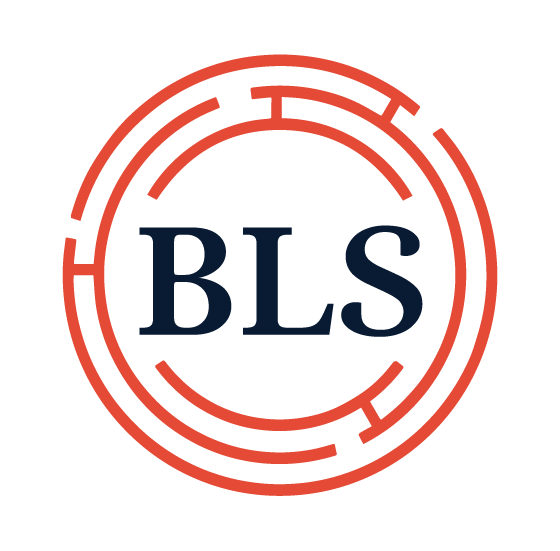The Opportunity of Mobile Ethnography
I should start by saying ethnography is my all-time favorite methodology. Going into a respondent’s natural environment and immersing yourself into their daily life is such a rich way to understand how they live and what’s important to them. So many answers are revealed not just by what the respondent says, but what the researcher sees and observes. One of my favorite ways to kick off an ethnography is for the respondent to give me a tour of their home and pick an object that’s meaningful to them and tell me why. I also like having them show me their favorite room and explaining what they usually do there and why it’s important to them.
Now that many respondents are confined to their homes, they may have more freedom than ever to grant researchers access to their inner worlds. More of their family members are likely home as well, which creates a rich opportunity for researchers to explore family dynamics and how they impact consumer decision-making.
In mobile ethnographies, we typically assign respondents a series of tasks that they complete in “selfie” videos. These are usually videos of 30 seconds – 2 minutes in length and often involve a “reflection” component where respondents can expand on their answers and respond to moderator probes in writing. Respondents are often more comfortable with this type of methodology since they are in the comfort of their own home and are one step removed from the researcher through technology. Unlike an in-person ethnography, which can often force respondents to perform certain tasks that they might not normally do, mobile ethnographies allow researchers to observe more organic behavior.
In addition to the selfie videos, mobile ethnographies often involve an in-depth interview portion, where the researcher interviews the respondent virtually. What’s different than doing this in a facility or over the phone is the researcher can ask the respondent to do live tasks or show them things in their natural environment. Respondents also tend to be more open and candid during these conversations which makes it easier for researchers to extract valuable insights about the respondents and their worlds.
Mobile ethnographies can be useful for all types of research questions, from exploratory studies that aim at better understanding consumer segments, to product testing and evaluation and everything in between. No matter what you use mobile ethnographies for, you are sure to emerge with a richer, deeper understanding of who your customers are and how they live their lives—learnings that marketers can apply to a variety of strategic decisions for years to come.
Contact us today for a free consultation to decide if mobile ethnography is right for your next project!
